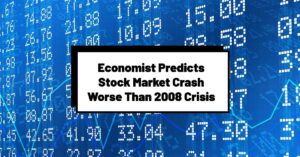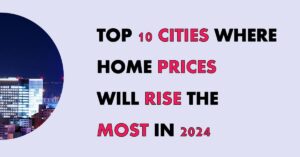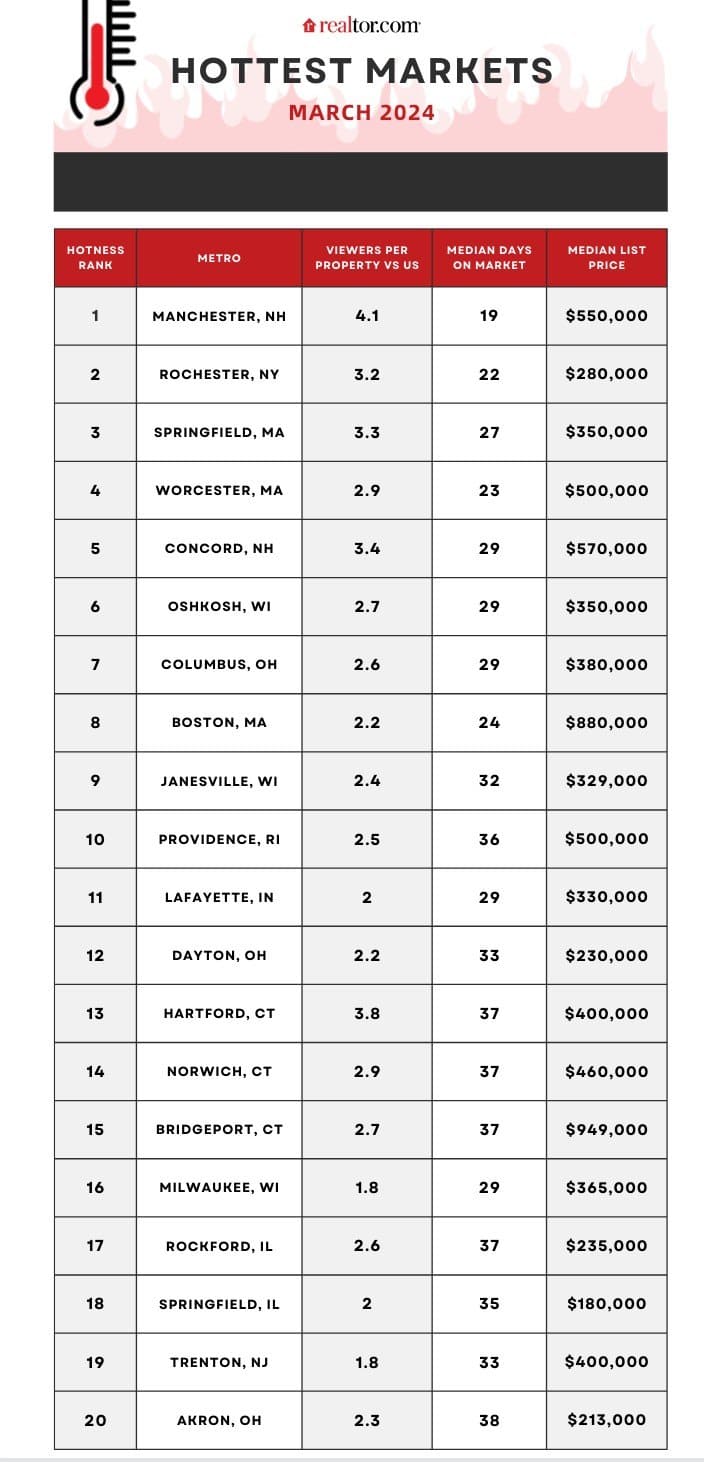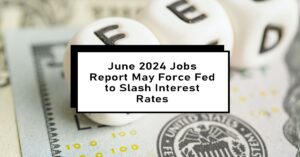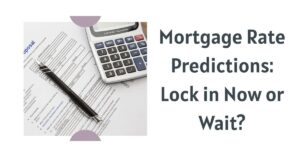The U.S. housing market, a critical barometer of economic health, finds itself navigating through a complex landscape characterized by soaring prices, fluctuating inventory levels, and lingering affordability issues. Leading housing analyst Bill McBride has once again entered the spotlight, drawing parallels to his accurate prediction of the 2008 housing crash. McBride's recent observations shed light on the current state of the housing market, particularly focusing on the challenges faced by states like Florida.
Florida Housing Market Warning
In the Sunshine State, the dichotomy between increasing inventory and rising home prices presents a paradox that demands attention. Despite a significant 40.1 percent surge in the number of homes for sale in May compared to the previous year, the median sale price in Florida climbed to $420,100, marking a 3.1 percent year-on-year increase. This trend, juxtaposed against the broader national market dynamics, underscores the complexities at play within Florida's real estate sector.
National Median Sale Price and Home Sales Trends
As of May, the median sale price of a home in the United States stood at $438,483, reflecting a 4.8 percent uptick from the same period last year. However, this growth is juxtaposed by a notable 11.3 percent decrease in home sales in May compared to April, painting a nuanced picture of the market's performance. Florida's unique market behavior, with a significant uptick in inventory levels outpacing the national trend, further amplifies the state's distinctive position within the broader housing landscape.
Forecasting Price Dynamics and Inventory Trends
McBride's insights forecast a potential slowdown in price growth later in the year, driven by the growing supply of homes on the market. The average months of supply in the U.S. currently stands at two months, indicating a relatively brisk sales pace. While a surplus of six months typically triggers price declines, Florida's inventory levels translating to a four-month supply present a nuanced challenge due to the impact of climate change on insurance costs.
Navigating Climate Change Impacts and Market Realities
The escalating risks associated with climate change, notably in Florida's coastal regions, present multifaceted challenges for both homeowners and policymakers. McBride underscores the growing costs of insurance due to destructive storms and rising sea levels, contributing to the state's affordability and inventory dynamics. This emphasis on climate resilience and adaptation signals a critical need for proactive measures to address environmental risks and ensure sustainable housing practices.
Looking Ahead: Anticipating Market Volatility and Environmental Concerns
As the National Oceanic and Atmospheric Administration predicts an above-normal hurricane season for Florida, the specter of environmental risks looms large over the state's housing market. McBride's analysis not only underscores the immediate challenges posed by climate change but also hints at potential shifts in desirability towards regions less vulnerable to environmental hazards. Amidst uncertainties and evolving market conditions, a proactive approach to risk management and sustainability will be essential for stakeholders in Florida's real estate sector.
Conclusion: Charting a Resilient Course in Uncertain Times
The Florida housing market warning serves as a poignant reminder of the interconnected nature of real estate, environmental factors, and economic stability. As stakeholders brace for potential market fluctuations and environmental challenges, the imperative lies in adopting adaptable strategies, fostering resilience, and prioritizing sustainability in navigating the complexities of the housing landscape.
ALSO READ:
- Is the Florida Housing Market Crashing?
- Florida Housing Market 2024: Predictions for Next 5 Years
- Florida Housing Market Predictions for Next 2 Years
- Florida Housing Market: Will These 2 Metros Crash in 2025?
- When Will the Housing Market Crash in Florida?
- Florida Housing Market Trends: Rent Growth Falls Behind Nation
- Florida Housing Market Sees Record Home Prices in Northeast



